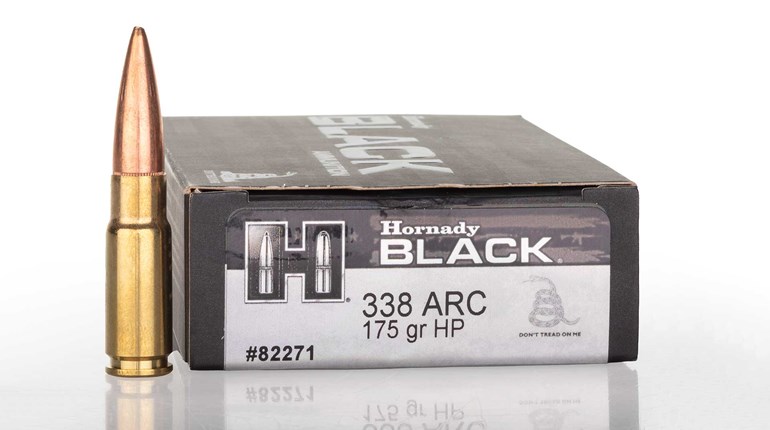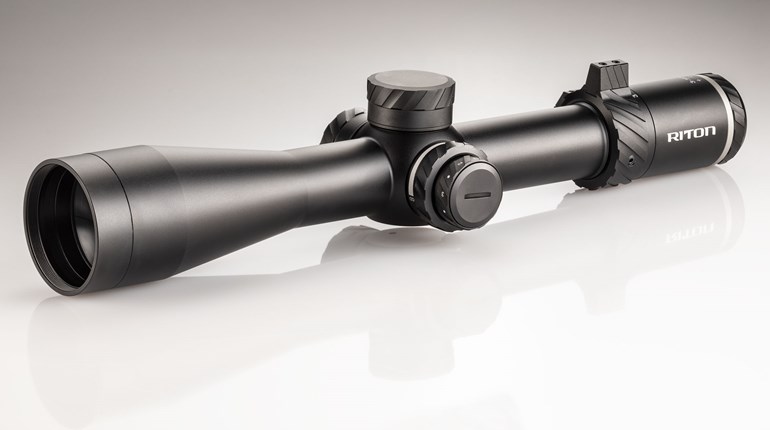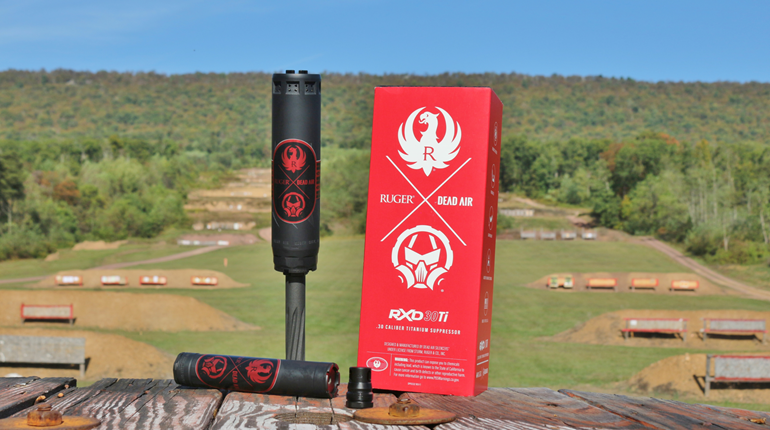
After spending over a decade putting rifles into the hands of new shooters, I’ve concluded that optics are by far the most confusing part of learning to shoot a rifle. Students typically need a little extra time to realize how to mount a scoped rifle in a way that lets them have a clear field of view and doesn’t knock them in the eye when they pull the trigger. Busy reticles only complicate the matter further, and for shots inside of 200 yards, are arguably unnecessary. Heck, there have been times where shooters were missing the target simply because they didn’t understand to use the center of the crosshairs and not the base of the Christmas tree.
Bushnell understands that thousands of these new shooters will be taking to the woods this year and thus are going to want a brilliant, uncomplicated optic that brings home the bacon without a new scope bite. Concentrating specifically on glass clarity and superb mechanics, the Elite 4500 4x series was reborn, and three exciting new options entered the market this year.
1) 1-4x – 24mm
As the new line is built around a four-times zoom, the magnification range is perfect for a low-power variable optic in the classic 1-4x configuration, so it just wouldn’t make sense not to include one. Like the rest of the Elite 4500 4x line, the 1-4x is built on a 30mm main tube. This yields a tremendous amount of adjustment in a hunting scope, and I counted a total of 195 MOA in this model.
That means that you’ll have absolutely no issue reaching the maximum effective range of whatever you decide to mount this on. Also, like the rest of the line, it features Bushnell’s Multi-X reticle which is your classic, basic crosshair that thins out towards the center, giving you a better view of what you are trying to hit. This scope does not contain a parallax adjustment—but we found that one would be unnecessary, as we were able to see targets as close as 50 yards and as far as 500 with distinct clarity.
With both eyes open, I was able to confirm that the 1x setting was a true 1x, and that things didn’t get distorted at the 4x setting, which is a tough balance to strike. Above all, I enjoyed that the eye box was amazingly forgiving, to the point that it took effort to find a stock position that wouldn’t allow me to see through this scope. All of these features make the 1-4x Elite 4500 4x a great choice for the pig hunter or somebody looking to top off an AR-15 for the low price of $229.99.
2) 2.5-10x -40mm
3-9x optics are starting to date themselves these days. It might appear insignificant, but being able to run at 3x or 9x without the magnification ring pinned one way or the other is a big deal. A friend of mine in the optics industry describes magnification like horsepower. If it takes 300 to get up the hill, you want 400. In other words, full magnification stresses the scope and your sight picture tends to suffer. The 2.5-10x Elite 4x gives hunters that 3-9x range that they grew up with, in clarity that they could never imagine out of a $269 scope. I found the eye box here to be nearly as forgiving as the 1-4x, and, again, had far more internal adjustment than I would ever need for the intended application (98.5 MOA).
As I screwed the turret caps back on, I noticed for the first time that these had a watertight fit, as did the rest of the Elite 4500 4x line. Although it likely won’t happen where I hunt, there is always the chance of dropping your rifle in a stream or river—it’s nice to have that little bit of extra insurance built in.
3) 4-16x – 50mm
The highest magnification Elite 4500 4x optic delivers a top end of 16x, which is a perfect optic for somebody who is planning an elk hunt in the plains of Western America or somebody looking to top a varmint rifle off for under $300. Just like the others, the 4-16x is running that same, simple “duplex-style” reticle, so for shots beyond your comfort zone, you’re going to want to dial up. With 85.5 MOA to work with, you shouldn’t have a problem doing so.
I feel here is the most appropriate time to mention that each of these three optics features a tool-less return to zero that involves nothing more than lifting the turret, spinning it back to zero, and pressing it down. This means that you’ll never have to worry about spinning the dials to make a long-range hit and then remembering how many clicks you need to take off to get you back to your original zero. For those longer shots, the 4-16x features a side-mounted parallax adjustment that is marked to 300, and then jumps to infinity. We found this feature very useful for our longer-range target work, and were happy to see that Bushnell included it on the optic that was most likely to see distant targets.
Every year Bushnell continues to listen to hunters, shooters and instructors to bring to market the very optics that they are looking for. I love the magnification ranges that they chose for this line, showing that they understand the three basic types of rifles out there and made an effort to make something for everybody. I also appreciated that they sacrificed complicated reticles to allocate more budget for the important features, like flawless mechanics and premium glass coatings. These optics will be seeing many miles on my back this year, as well as countless rounds sitting atop a few range rifles that I have in mind. For more info, and to get yours, visit Bushnell.com







































